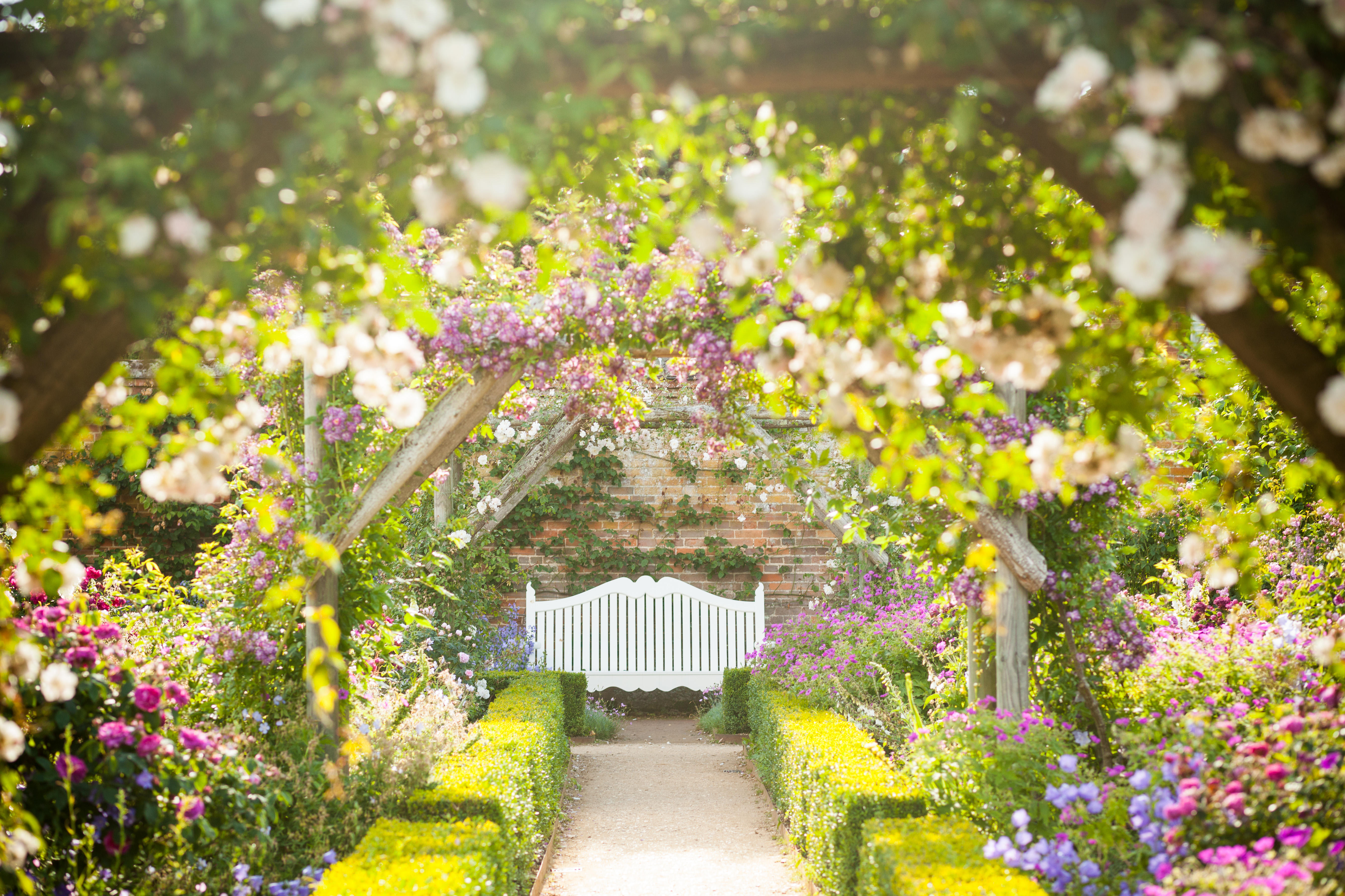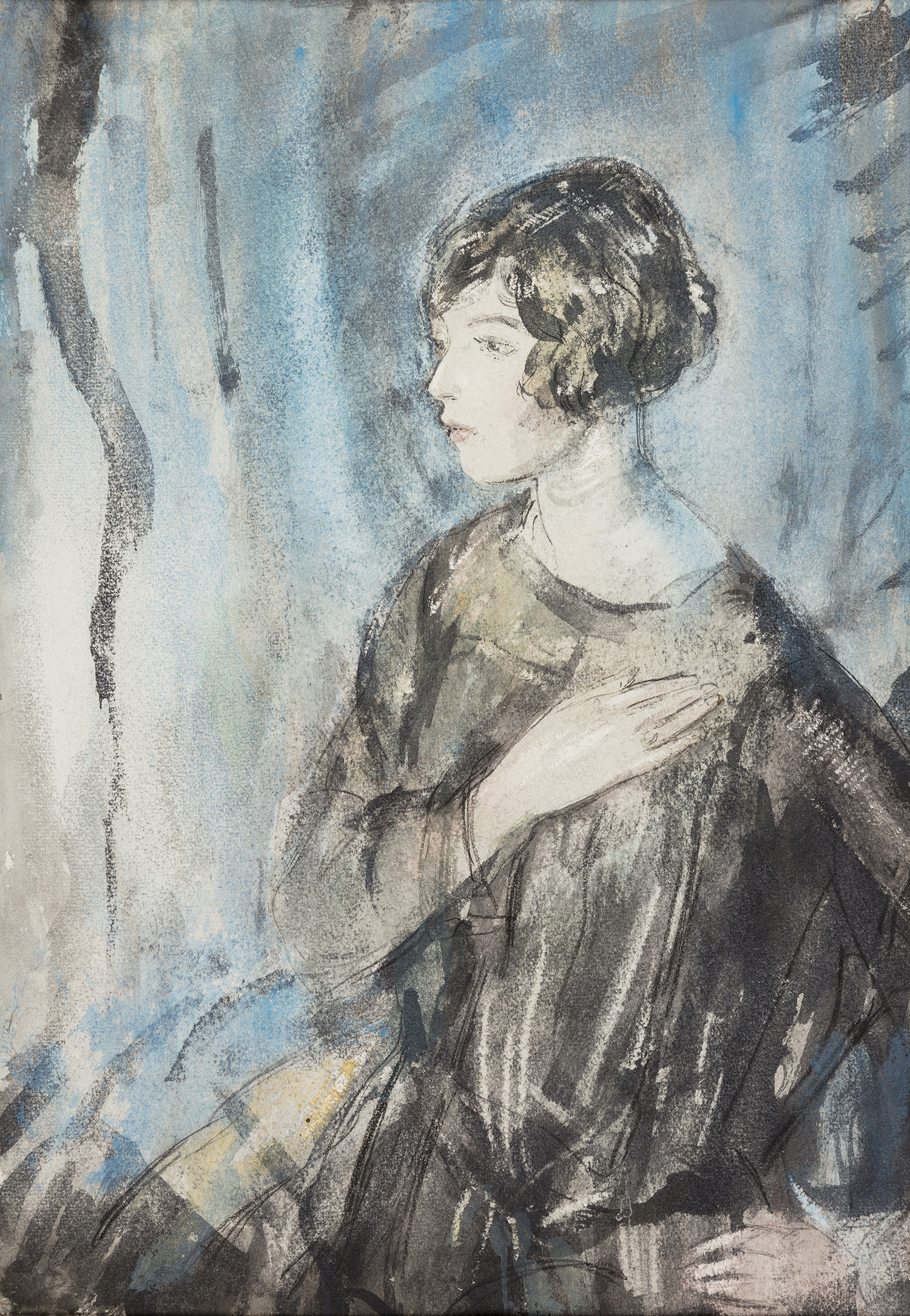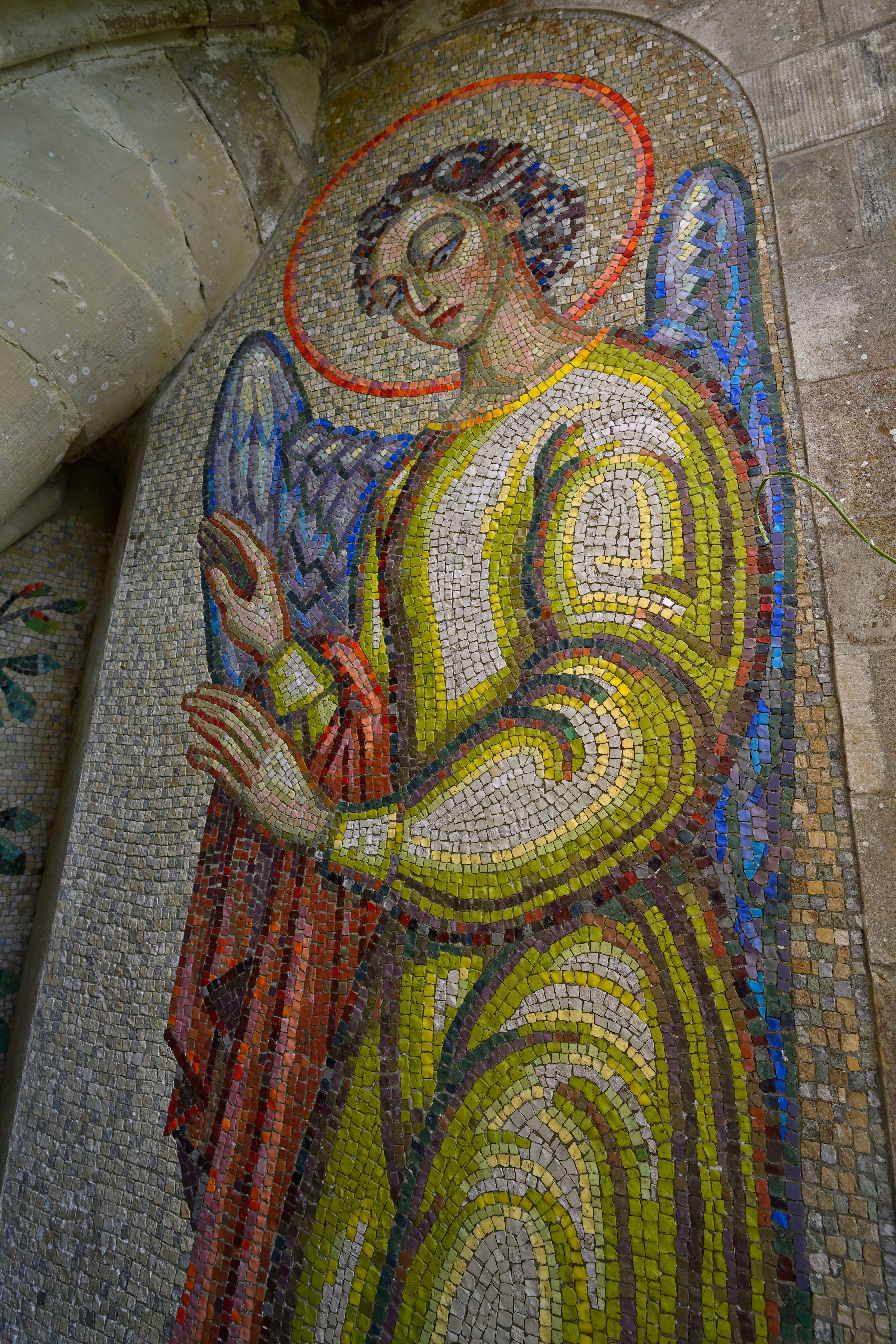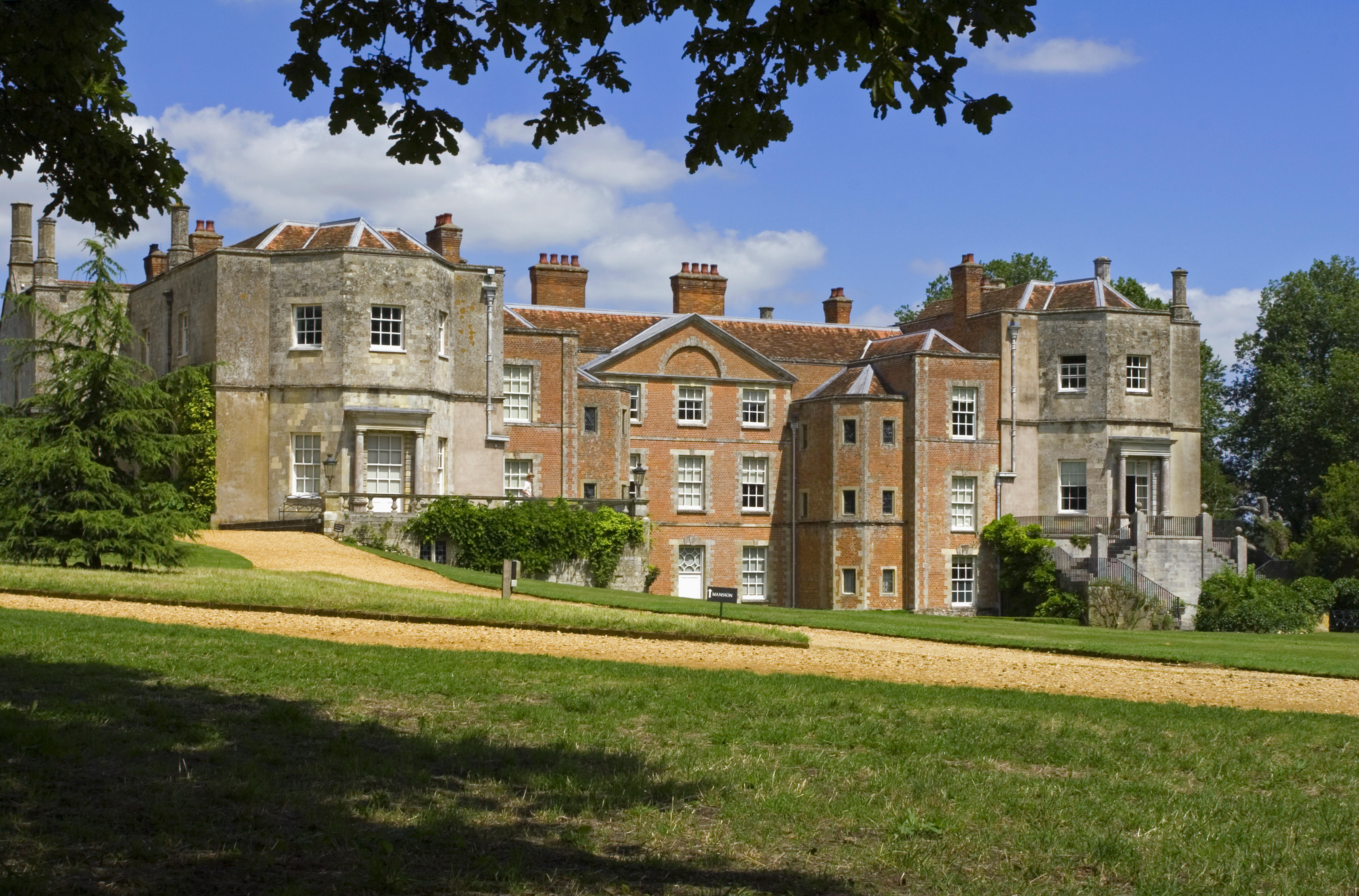One of the most spectacular rose gardens in England has come in to bloom two weeks early
It's time to head to Mottisfont — come for the roses, stay for the fascinating exhibition shedding new light on the history of this beautiful Hampshire house.


The scent — fresh yet ancient — will hit you before you see them, some 1,000 roses tumbling over walls and rollicking in beds. ‘Most old roses bloom only once a year,’ mused Audrey Hepburn when she visited Mottisfont Abbey in Hampshire, in 1993. Here, ‘at the height of the season in June... during high rose tide, the magic of old roses still weaves a spell.’
The unparalleled walled garden in the grounds of an Augustinian priory-cum-country house has come into bloom two weeks early this year after the extraordinarily warm and dry spring. Hundreds of pre-1900 varieties — an important National Collection created by horticulturist Graham Stuart Thomas in the 1970s — are currently at their finest, including highly scented shrub Rosa gallica officinalis, or the Apothecary's Rose, which came to England from Persia during the Crusades.

An Apothecary's Rose at Mottisfont
Elsewhere on the Mottisfont estate, the romanticism of an artist modelling the face of an angel on that of his paramour in a mosaic surrounded by lush green foliage has certainly stood the test of time. Boris Anrep, little known today, was one of the 20th century’s leading mosaicists and an exhibition at Mottisfont — home to his patron and lover Maud Russell — examines his legacy.

Maud Russell turned Mottisfont into a hotbed for the arts.
The socialite and collector is known for her friendships with Ian Fleming and Rex Whistler, whom she commissioned to create the famous trompe-l’oeil drawing room at the country house that she and her husband transformed from crumbling priory ruins. She also helped her Jewish relatives escape the Nazis.
After Russell and Anrep met in 1934, he often visited Mottisfont, depicting her in the portrait Mrs Gilbert Russell, Sitting in Bed, the aforementioned medieval-style mosaic on the exterior south wall of the house and even as ‘Folly’ in a sketch for one of his floor mosaics in the National Gallery; these include all manner of contemporaries, including Sir Osbert Sitwell as Apollo, Virginia Woolf as Clio and Diana Mitford as Polyhymnia.
‘From the mid 1940s, Maud worked hard to promote and patronise Boris's work and looked to secure his artistic legacy through donations of sketches and work to institutions,’ explains National Trust curator George Roberts.

Boris Anrep's Angel of Mottisfont
After Anrep died in 1969, Russell buried his ashes in the gardens at Mottisfont and continued to champion his talent. ‘His work as a mosaicist in Britain is perhaps not as well-known as it should be, and I hope this exhibition will encourage visitors to seek out more of his work in public buildings.’
Exquisite houses, the beauty of Nature, and how to get the most from your life, straight to your inbox.
Visitors to Tate Britain might spot his Proverbs of Hell (1923), with further mosaics at the Royal Military Academy Sandhurst chapel, Westminster Cathedral, the Bank of England, Bayswater’s Saint Sophia Cathedral and the Cathedral of Christ the King in Co Westmeath, Ireland.
‘The Making of the Mottisfont Angel: the Artistic Legacy of Boris Anrep’ runs to July 13 and features mosaics such as Anrep’s Spirit of Reasoning, depicting ballet dancer Vaslav Nijinsky, as well as paintings, photographs and furniture by Anrep and other connected artists, such as Augustus John and Bloomsbury group members Vanessa Bell, Roger Fry and Duncan Grant.

Annunciata is director of contemporary art gallery TIN MAN ART and an award-winning journalist specialising in art, culture and property. Previously, she was Country Life’s News & Property Editor. Before that, she worked at The Sunday Times Travel Magazine, researched for a historical biographer and co-founded a literary, art and music festival in Oxfordshire. Lancashire-born, she lives in Hampshire with a husband, two daughters and a mischievous pug.
